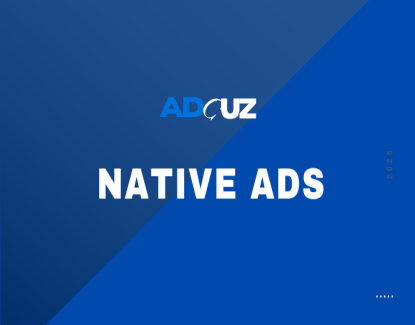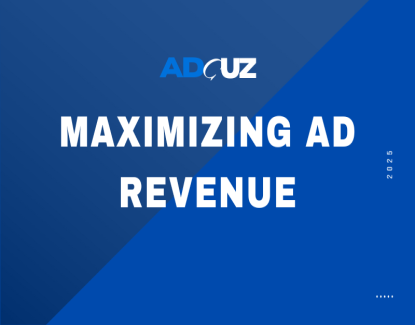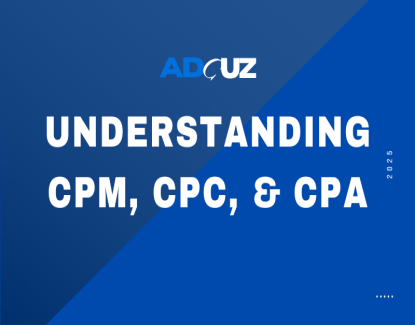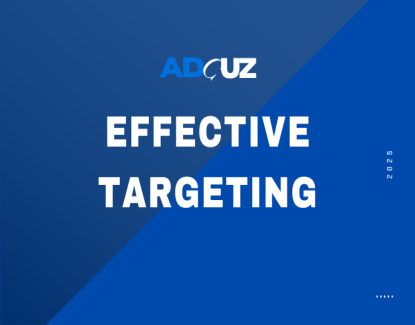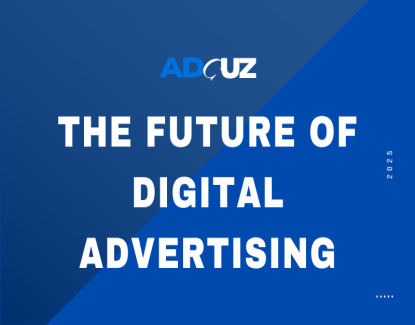Understanding CPM, CPC, and CPA: Which is Right for You?
- Home
- Understanding CPM, CPC, and CPA: Which is Right for You?
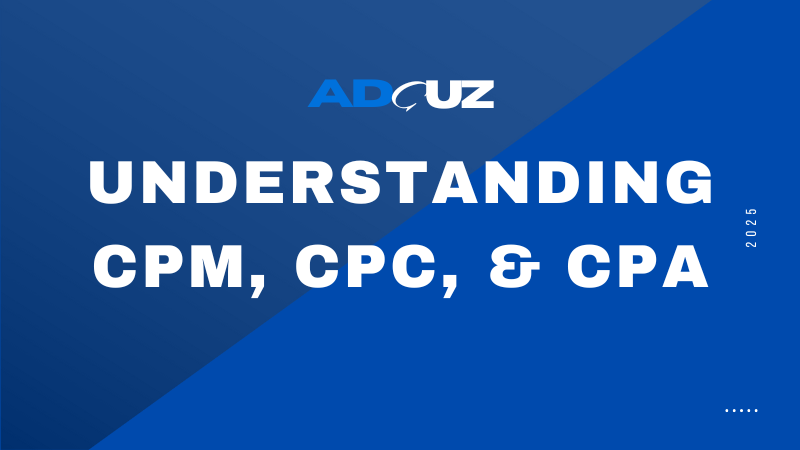
- 06 Jan 2025
Understanding CPM, CPC, and CPA: Which is Right for You?
When it comes to monetizing your website or running a successful ad campaign, navigating the world of acronyms can be daunting. CPM, CPC, and CPA are the three fundamental pricing models that define how advertisers pay and how publishers earn. Choosing the right one is crucial for your business goals, whether you're a publisher aiming to maximize revenue or an advertiser seeking the highest return on investment (ROI).
Let's break down each model to understand its pros, cons, and ideal use cases.
1. CPM (Cost Per Mille)
What it is: CPM stands for "Cost Per Mille," with "Mille" being the Latin word for a thousand. In this model, advertisers pay a set price for every 1,000 ad impressions (views) their ad receives. An impression is simply counted every time an ad is displayed to a user.
Best for:
Publishers: Websites with high traffic volume.
Advertisers: Brands focused on building brand awareness, reach, and visibility.
Pros for Publishers:
Predictable Revenue: You are guaranteed a set payment for every 1,000 impressions, regardless of whether a user clicks on the ad. This creates a predictable and stable income stream.
Low Risk: Your revenue isn't tied to user engagement, making it a safe option for monetizing large-scale traffic.
Cons for Publishers:
Lower Payout: CPM rates are often lower than other models, meaning you need a significant amount of traffic to earn substantial revenue.
Not Tied to Performance: Your earnings don't reflect how engaged your audience is or how well the ads perform.
Pros for Advertisers:
Massive Reach: CPM is the most cost-effective way to get your ad in front of a very large audience for brand-building and awareness campaigns.
Budget Control: The cost is predictable and easy to manage, as it's based on a fixed rate.
Cons for Advertisers:
No Guarantee of Action: You pay for views, not results. A user may see your ad but never click on it or convert, potentially leading to wasted ad spend.
Risk of Low-Quality Impressions: Your ad might be shown to bots or irrelevant audiences, which can skew your results.
2. CPC (Cost Per Click)
What it is: CPC stands for "Cost Per Click." In this model, an advertiser pays you only when a user clicks on their ad and is redirected to their website or landing page.
Best for:
Publishers: Websites with an engaged, high-quality audience.
Advertisers: Campaigns focused on driving traffic and generating user interest.
Pros for Publishers:
Higher Payout Potential: A single click can be worth significantly more than 1,000 impressions, leading to higher revenue if your audience is highly engaged.
Performance-Based: Your earnings are directly tied to the value you provide—a click—which can be a better indicator of your audience's quality.
Cons for Publishers:
Unpredictable Revenue: You don't get paid unless a user clicks. A day with low clicks can mean a big drop in revenue, making income less stable.
Can Encourage Bad Practices: This model can be susceptible to click fraud, where publishers or bots generate fake clicks to inflate earnings.
Pros for Advertisers:
Measurable ROI: You only pay when a user shows direct interest by clicking on the ad, which makes it easier to measure the campaign's effectiveness.
Budget Efficiency: Your ad spend is directly tied to user engagement, meaning you're not paying for passive views.
Cons for Advertisers:
Higher Cost: The cost per click is generally higher than the cost per impression because it's a more valuable action.
Clicks Don't Guarantee Sales: A click shows interest, but it doesn't guarantee a conversion.
3. CPA (Cost Per Acquisition/Action)
What it is: CPA stands for "Cost Per Acquisition" or "Cost Per Action." This is the most performance-driven model, where the advertiser only pays a publisher when a specific, pre-determined action is completed. This action could be a sale, a form submission, a newsletter sign-up, or a mobile app download.
Best for:
Publishers: Websites with a highly targeted, niche audience that is likely to convert.
Advertisers: Businesses with a clear, measurable conversion goal, such as e-commerce stores or lead generation companies.
Pros for Publishers:
Highest Payout Potential: CPA commissions are often very high, as the advertiser is paying for a direct result, which is the most valuable action.
Win-Win Relationship: A successful CPA model is the ideal partnership between a publisher and an advertiser.
Cons for Publishers:
High Risk: This is a high-risk model for publishers. You may send thousands of impressions and clicks without a single conversion, earning no money.
Limited Opportunities: CPA opportunities are harder to come by and often require a highly targeted and engaged audience to be successful.
Pros for Advertisers:
Zero Risk: You pay only when you get a tangible result. This model is a marketer's dream for a risk-free campaign.
Clear ROI: CPA provides the clearest path to measuring your return on ad spend (ROAS) because the cost is directly tied to a specific outcome.
Cons for Advertisers:
Higher Payout Per Action: While low-risk, the cost per action is significantly higher than both CPC and CPM.
Fewer Publishers: Because of the high risk for publishers, fewer are willing to work on a pure CPA basis, which can limit your campaign's reach.
Final Verdict: Which Model is Right for You?
The best ad model isn't a one-size-fits-all solution. It depends entirely on your specific goals.
For Brand Awareness: Use CPM. It's the most efficient way to get your message in front of a wide audience and build brand recognition.
For Driving Traffic: Use CPC. This model is perfect for encouraging user engagement and directing interested visitors to your website or a specific landing page.
For Direct Conversions: Use CPA. If your goal is to generate sales or leads, this model ensures you only pay for a successful result.
For most publishers, the most profitable strategy is to use a combination of these models, often through a hybrid ad network or header bidding, which automatically optimizes for the highest-paying ad in real-time. By understanding what each model offers, you can make smarter decisions to achieve your advertising and monetization goals.

